This is the sixth post of the Manali Leh Highway series, in the previous posts of this series you saw Himalayan Shepherds, Life of Changpa Tribe, Himalayan Rickshaw Run and landscapes of Lahaul Valley. From the womb of the land of Trans Himalaya, today I have brought such a unique gift in front of you, which would be more correct to call it a magical world.
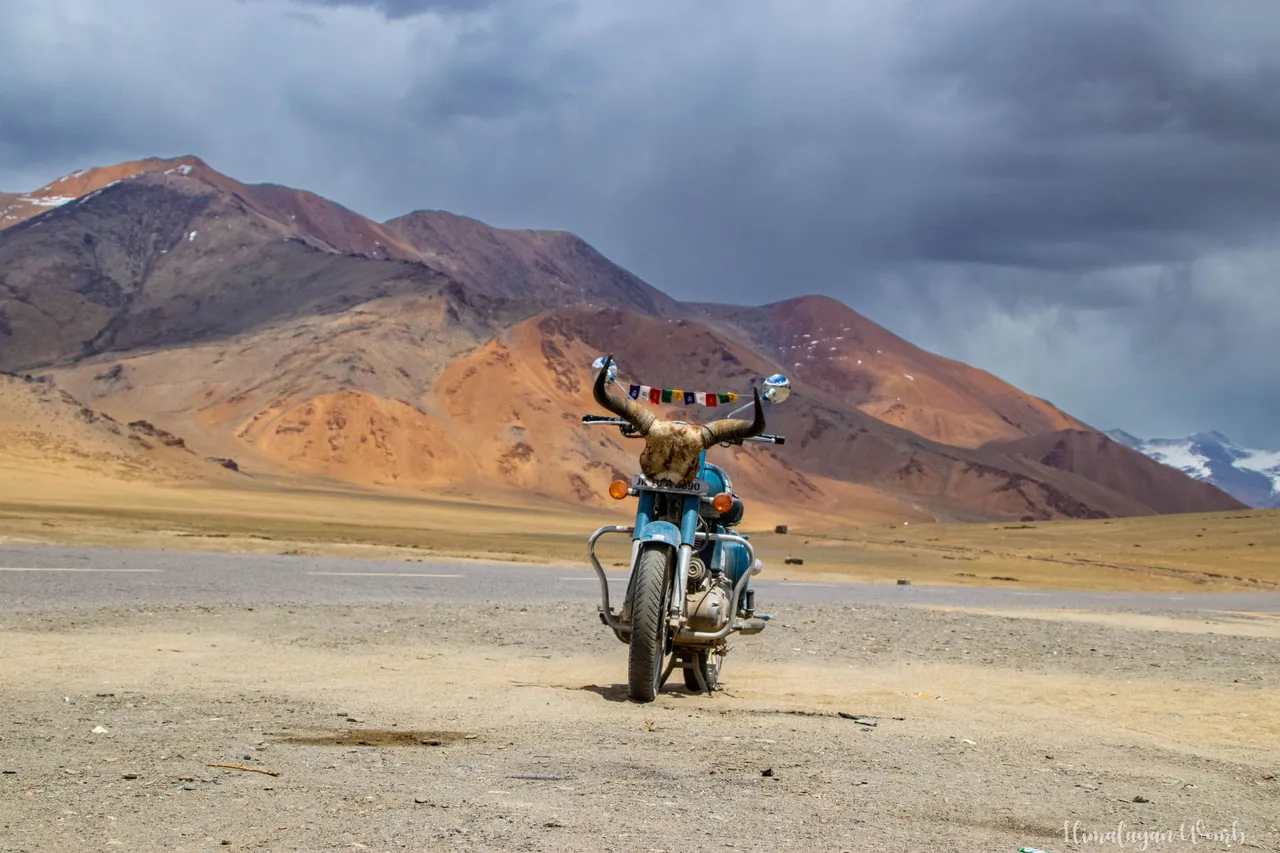
Morey Plains... Yes, today we will talk about Morey Plains. Snow covered mountains more than 6000 meters high are placed like a crown on the Trans Himalayan land. There is a huge plain in such high mountains, this plain is 40 km. is long. This plain, which is called Morey Plains, has emerged like a stadium on the chest of Trans Himalaya. The name of this place in the local language is Kyanguthang, Kyanguthang literally means the meadow where Kyang eats grass.
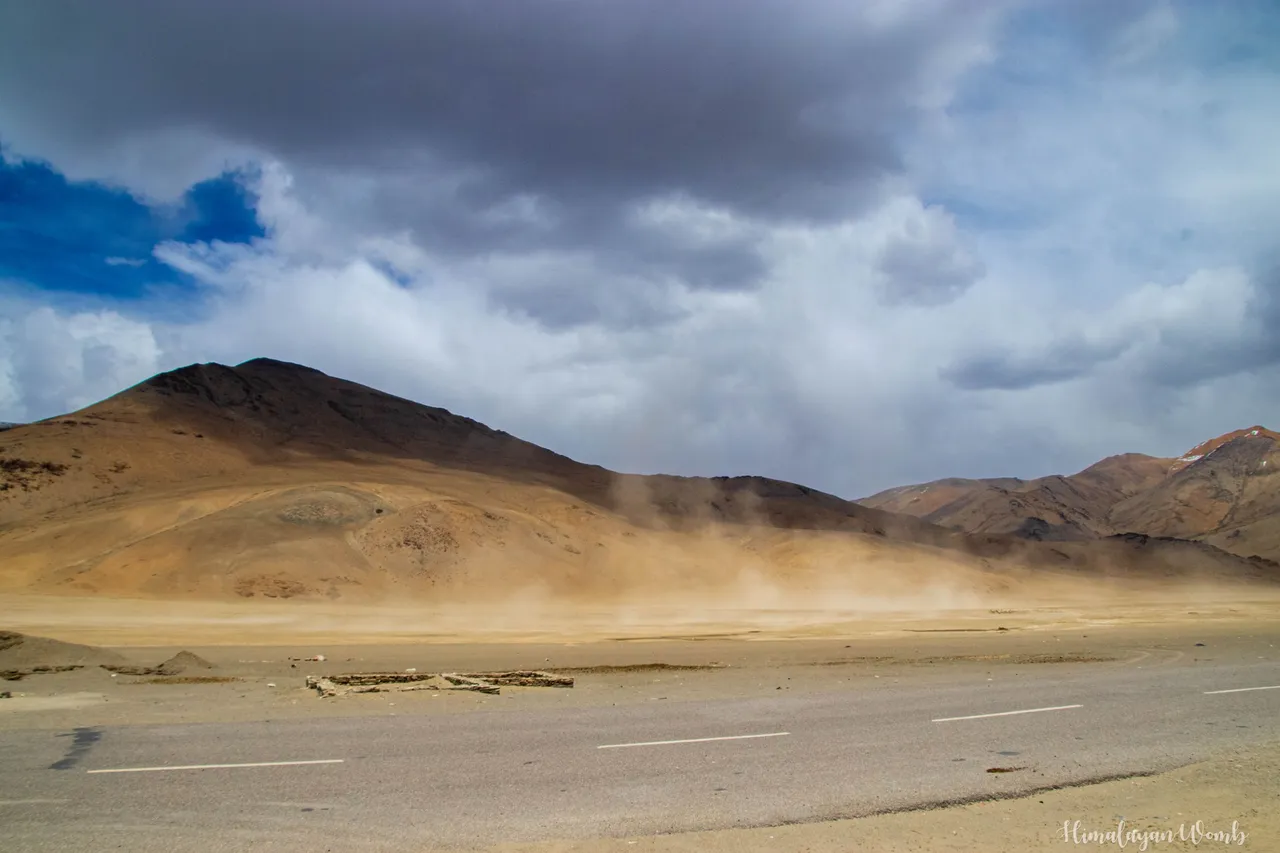
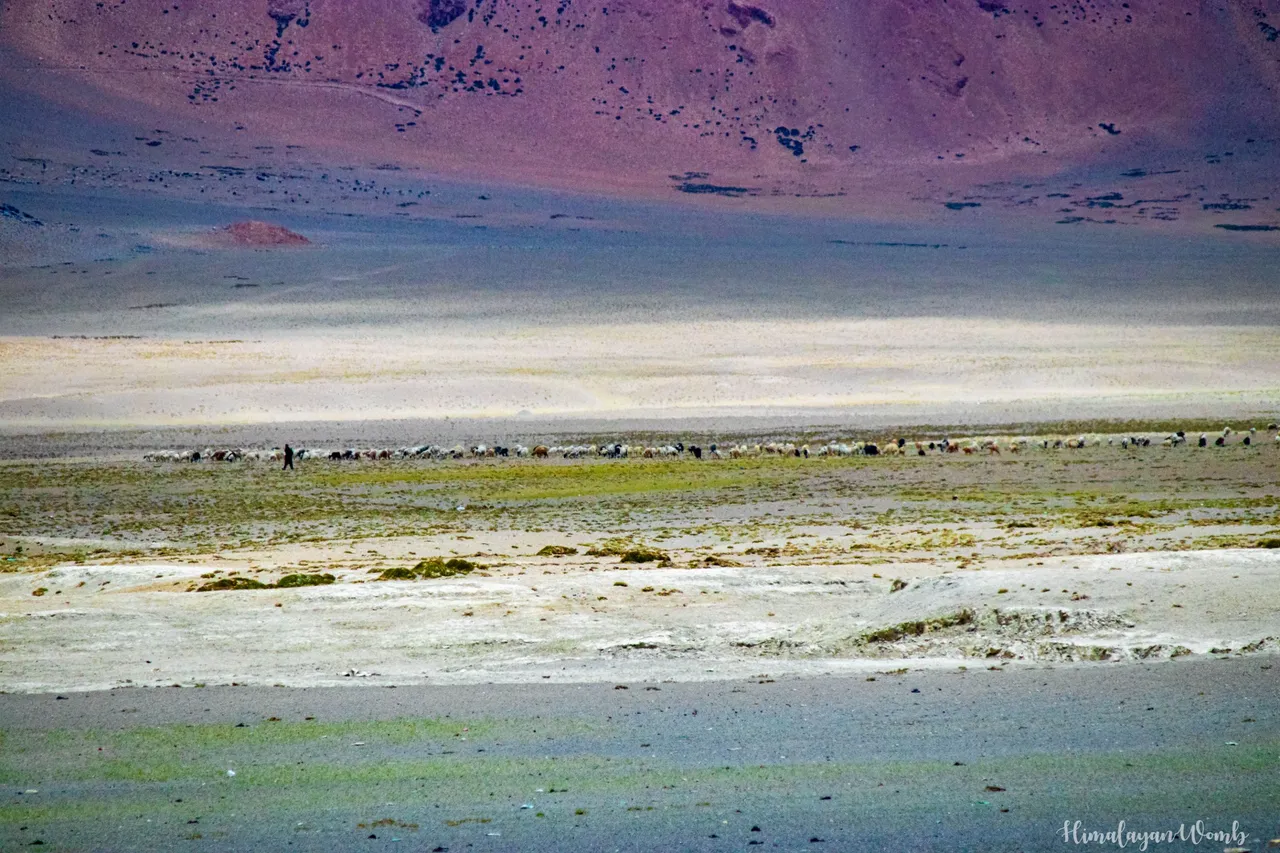
This place is situated at 4600 meters above sea level. The nearest city from here is 161 km away which the world knows by the name of Leh. In the Morey Plains, the Changpa tribe graze their animals during the summer. The people of Choglamsar run dhabas here. Since this place is a part of the Trans Himalaya, the climate here is very dry and cold. Here sand cyclones keep coming all the time and the wind blows so strong here that it is almost impossible to sleep in a camping tent.

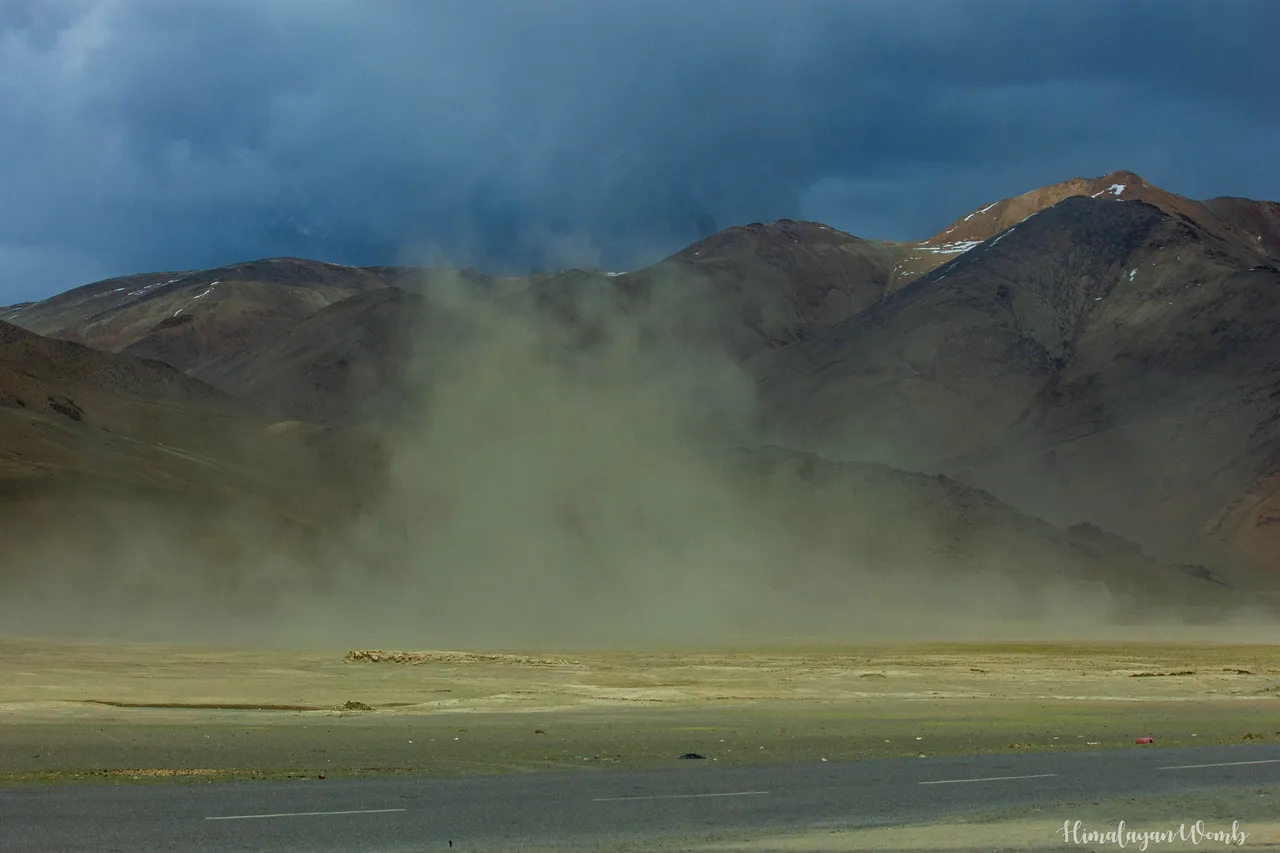
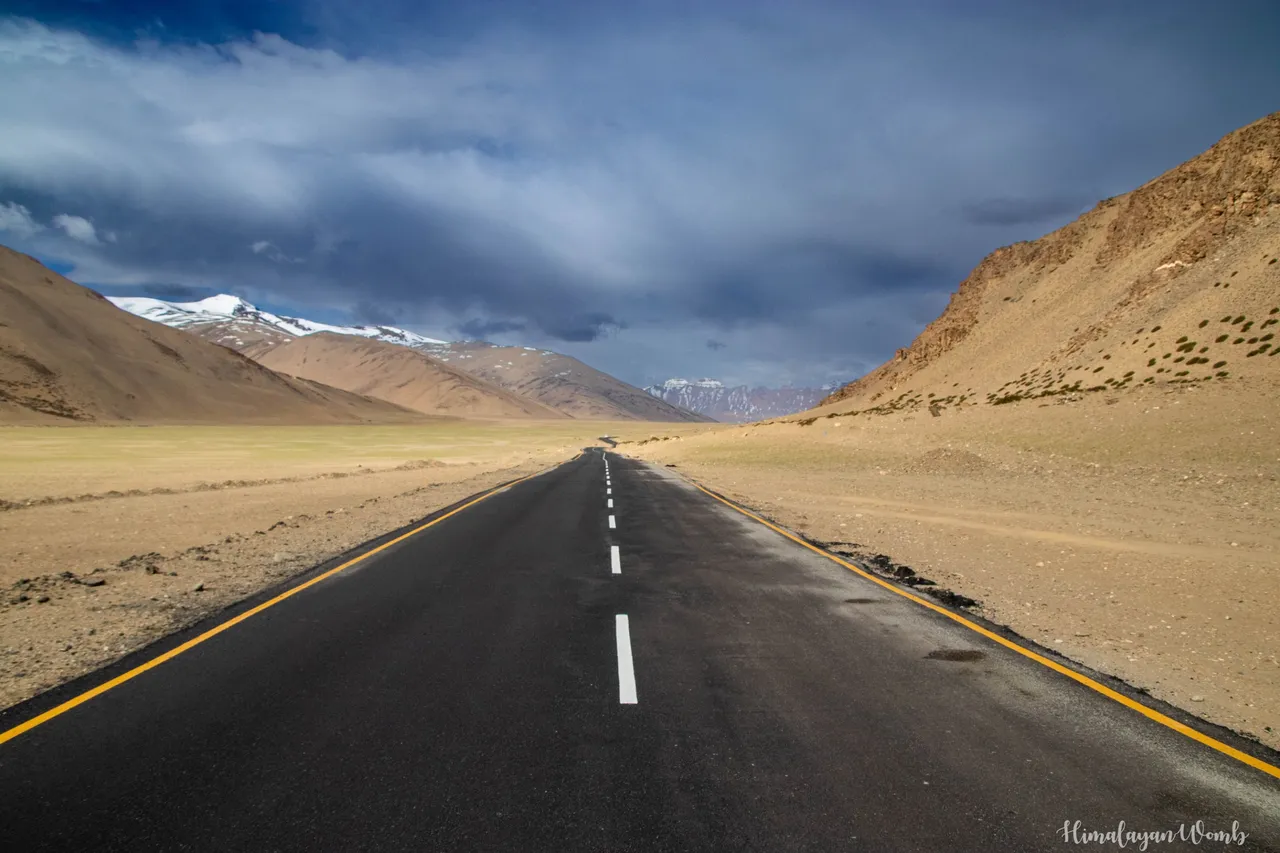
I've been to Morey Plains about 12 times and each time the ground draws me in. The mountains here which are very colorful due to minerals, the meadows here where you get to see the Himalayan Kang, crossing some mountain passes from here can reach Zanskar, the most famous valley of Ladakh.

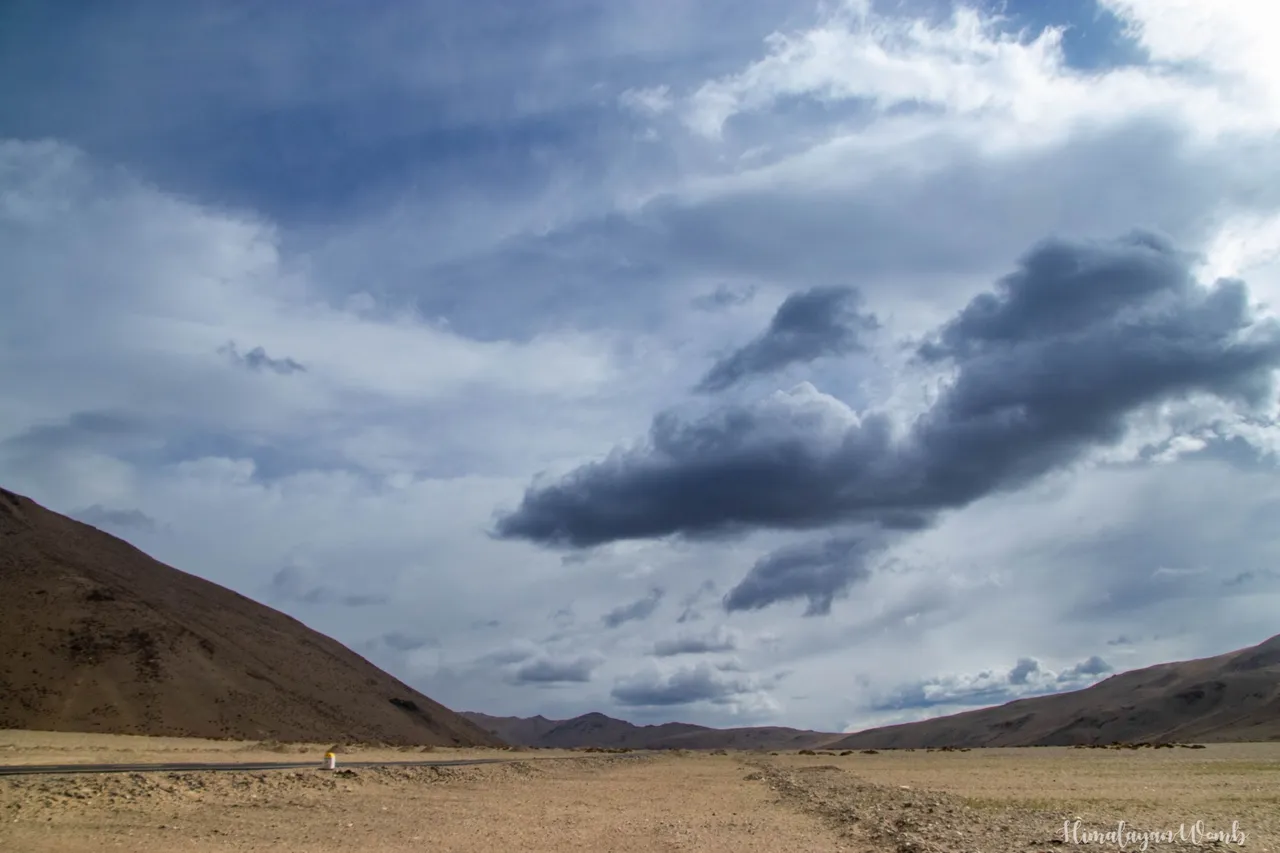
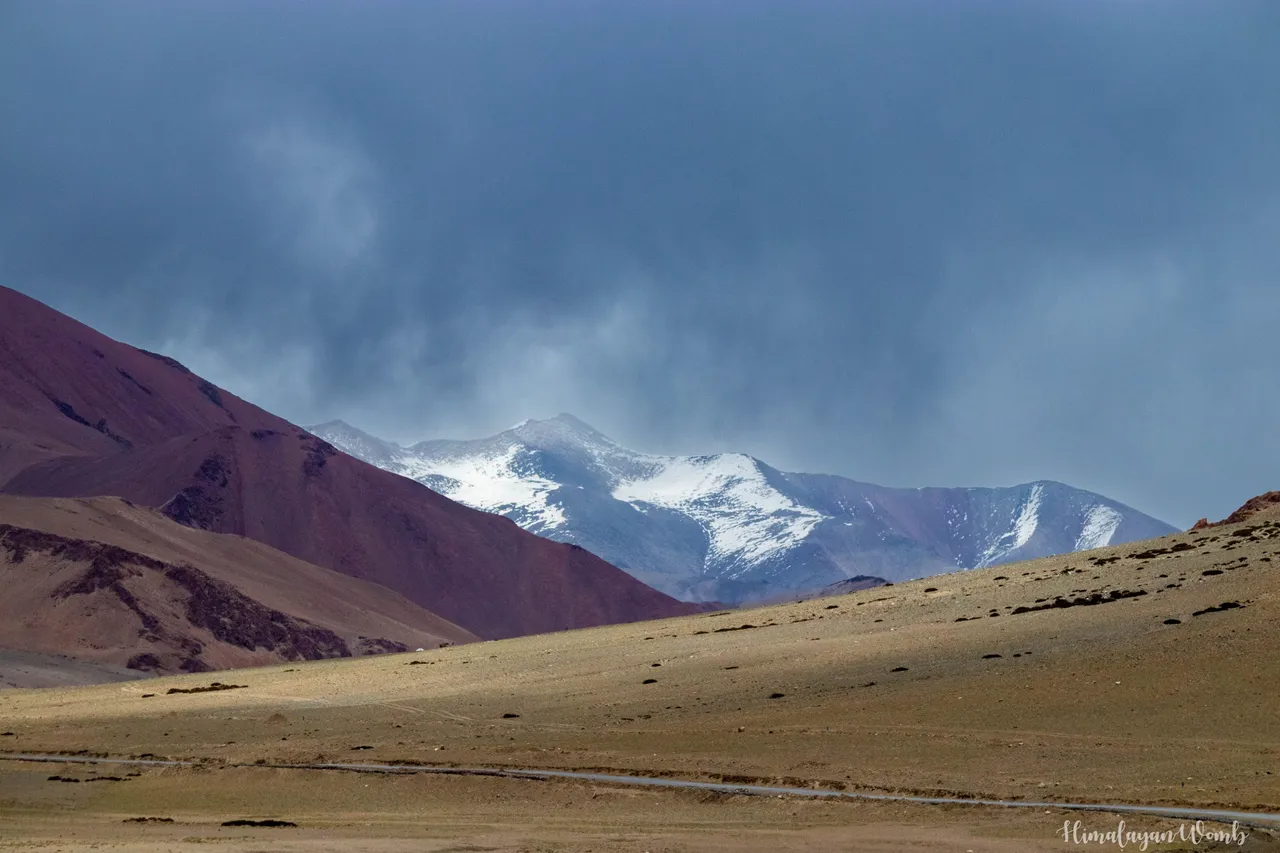
About 24 km from here. Tanglang La is situated at a distance due to which the weather here is bad almost all the time. Snowfall with thunderstorms is very common here. I still remember that once I was stuck here with my bicycle in a blizzard. Thankfully, in 2014, I was able to find a local tent, due to which my life was saved. No one can come here in winters because Manali Leh Highway gets cut off for whole 6 months for whole world due to heavy snowfall.
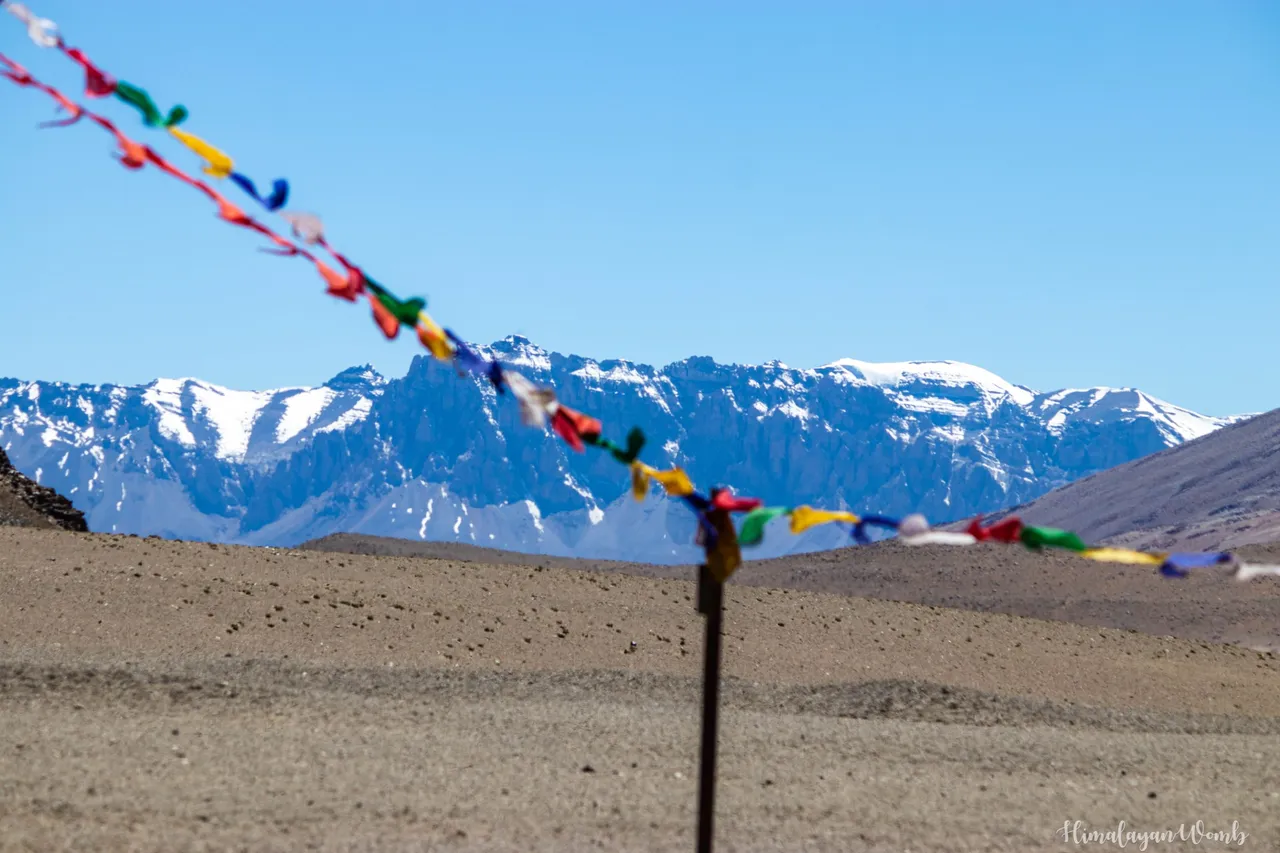
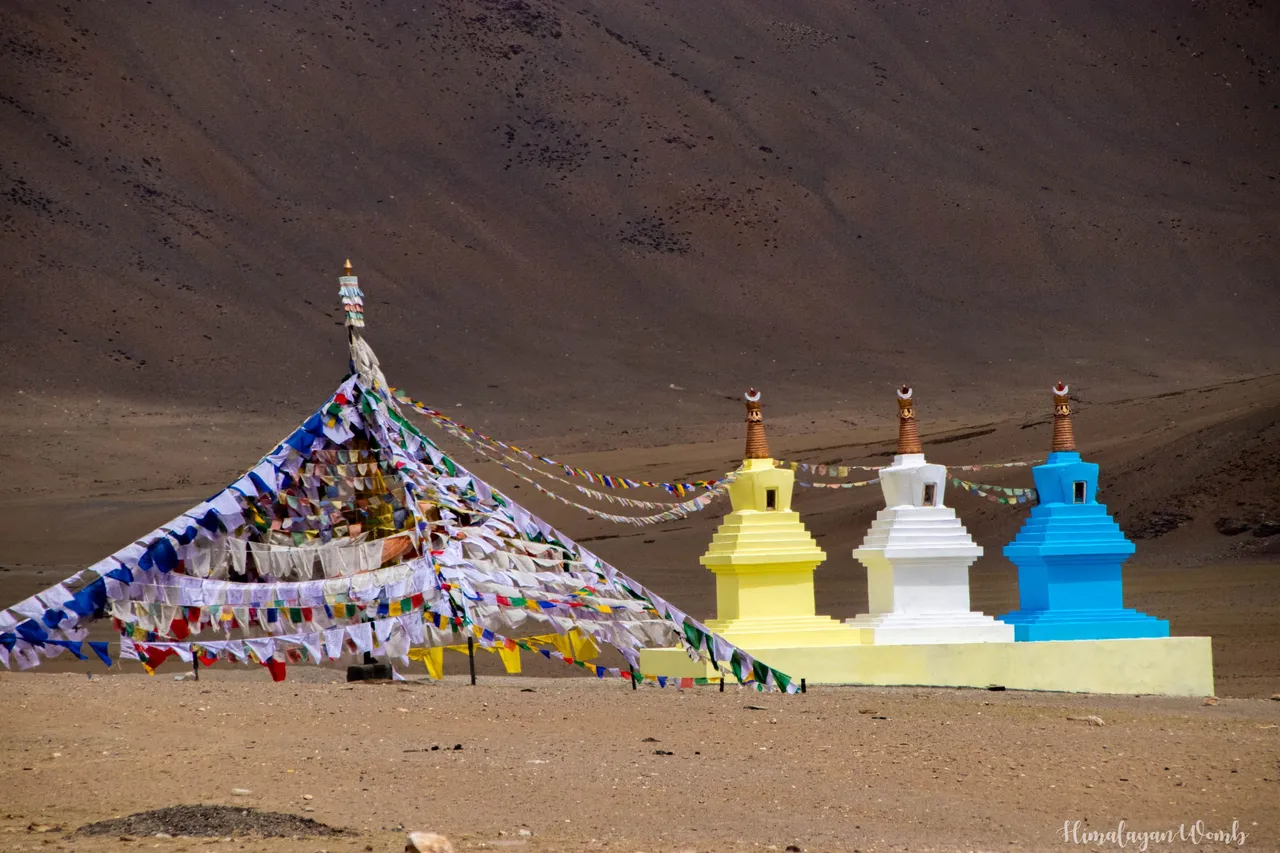
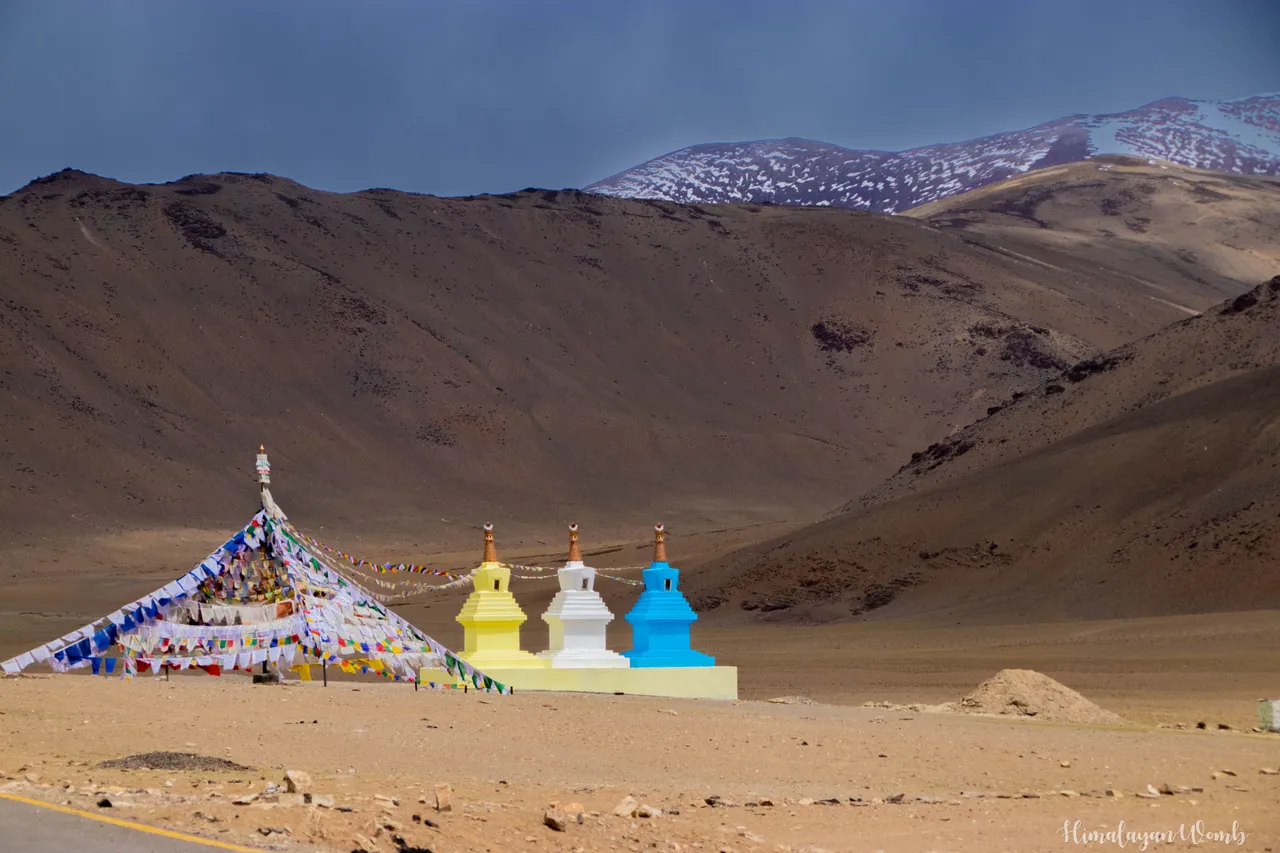
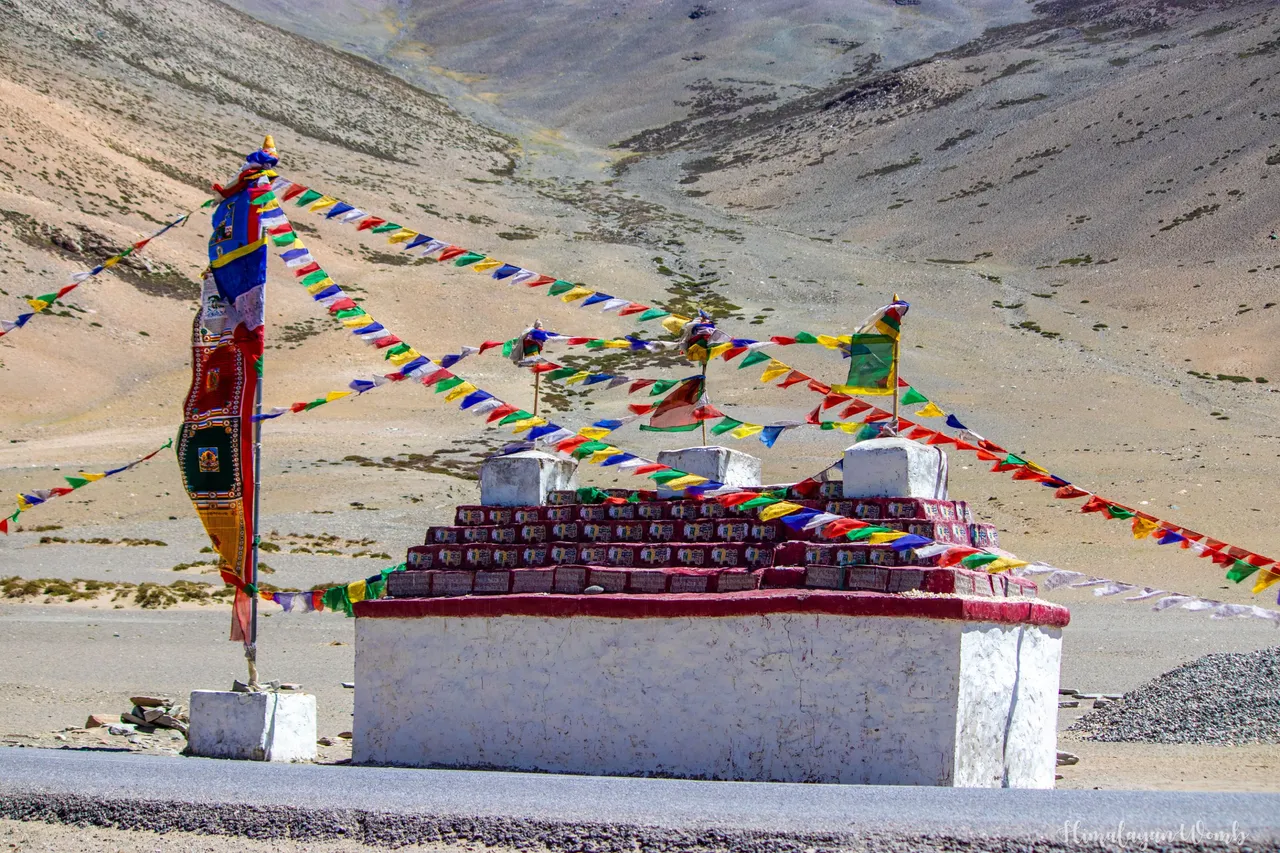
Locals eat yak meat in winters to meet the protein deficiency and keep the body warm. In one photo you can see the head of Yak. Because all the people present here belong to Buddhist religion, therefore you can also see Buddhist prayer flags here and there. When the highway opens for tourists after winter, when the snow melts and the locals come back here, they have to repair their broken restaurants with mud every year. Because this place is not habitable, nor is there water to drink here, so as soon as the highway is closed, all the people go to their villages from here.
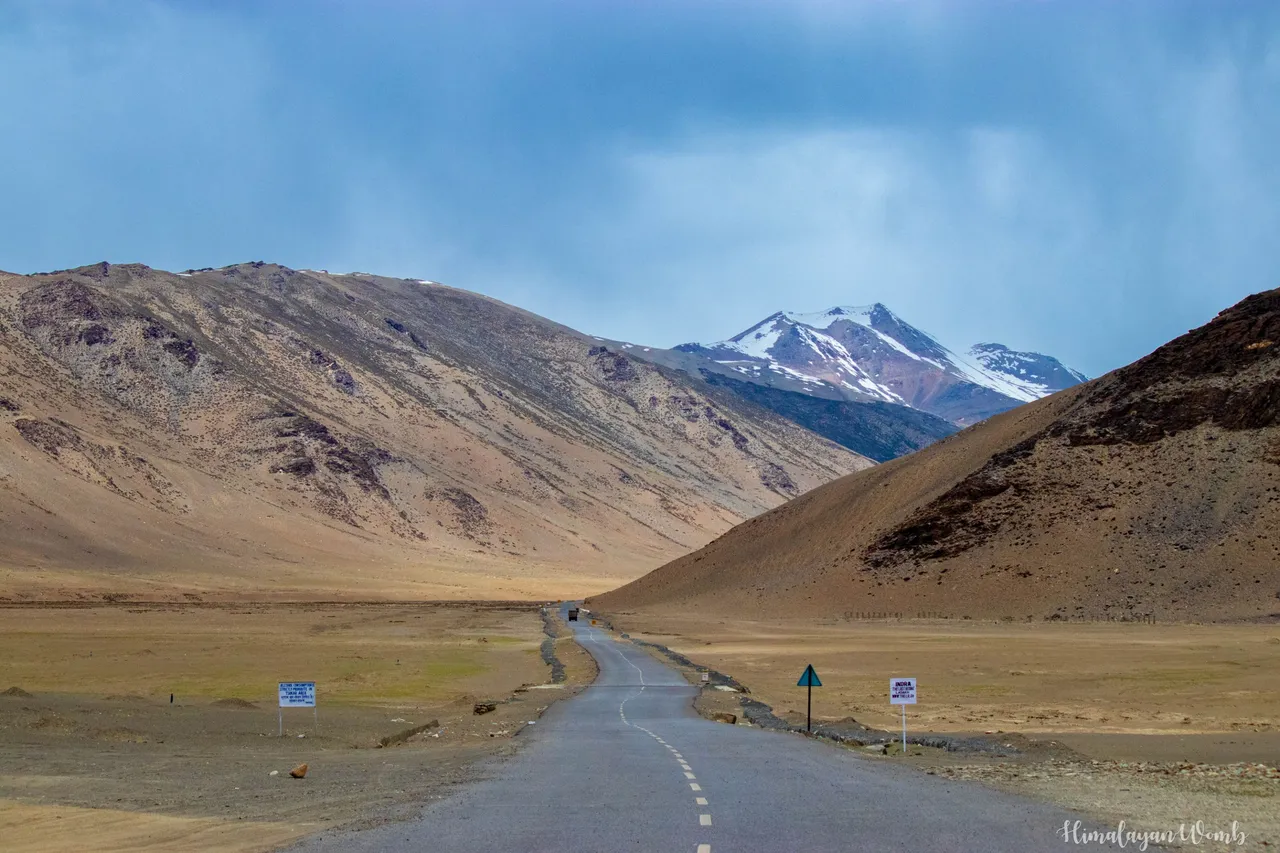
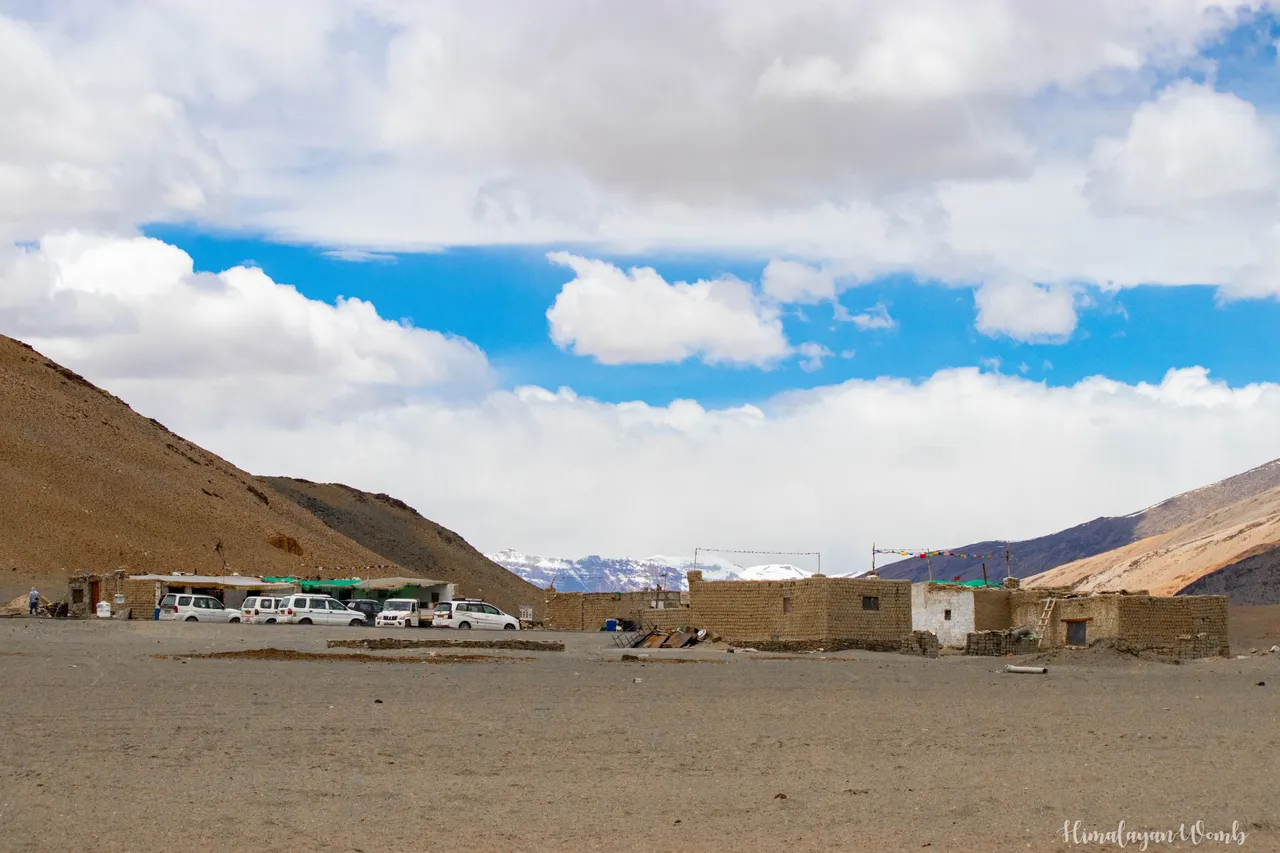
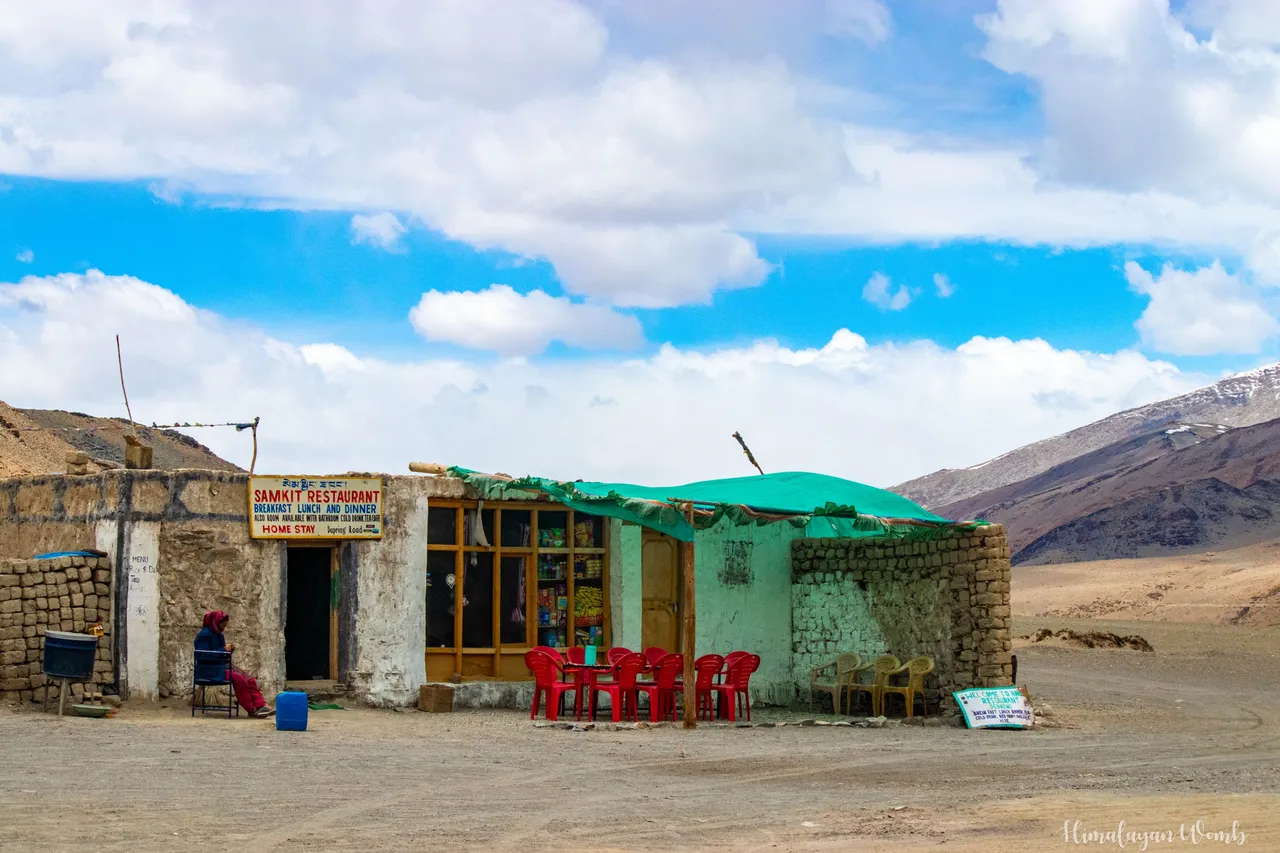
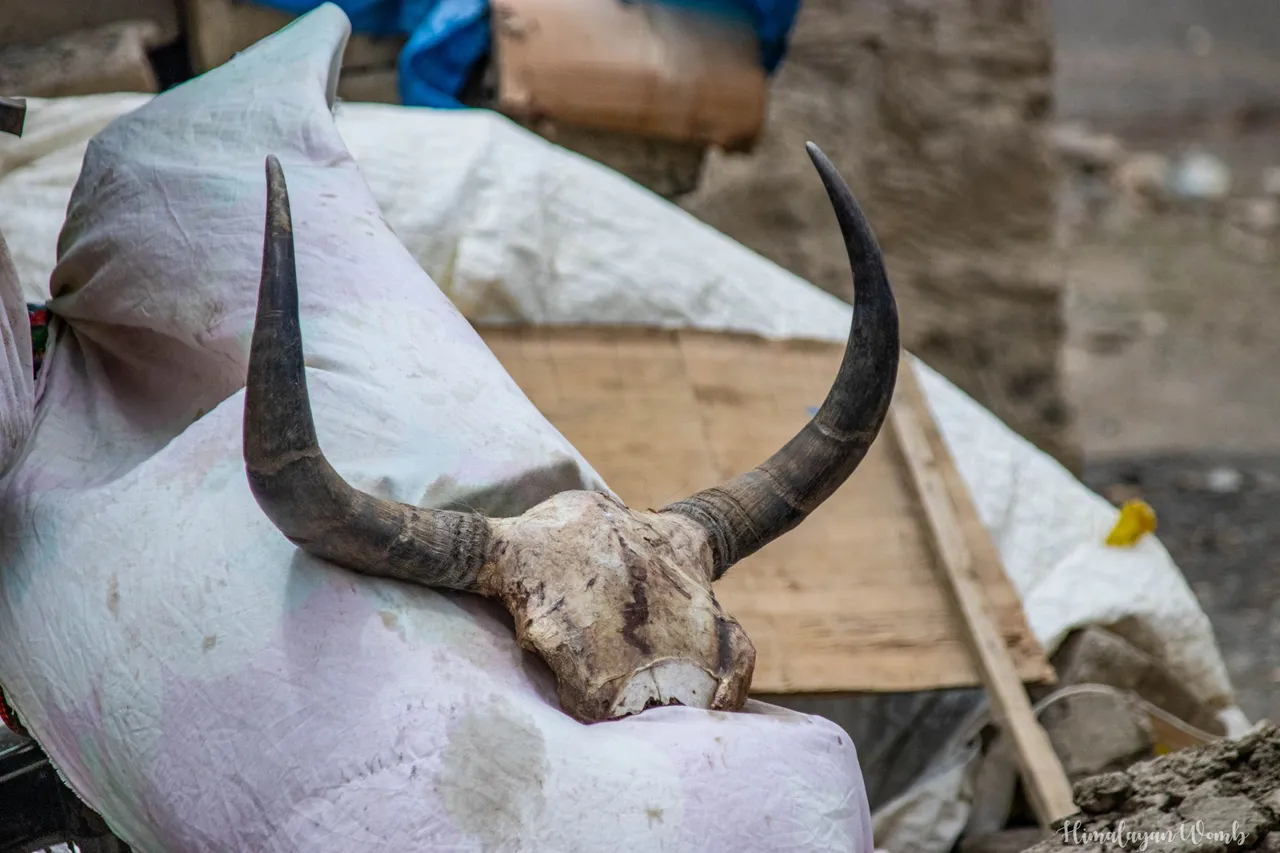
Without writing much, I hand over this post and photos to you. I hope after seeing the photos, your mind would also be yearning to travel on this highway.

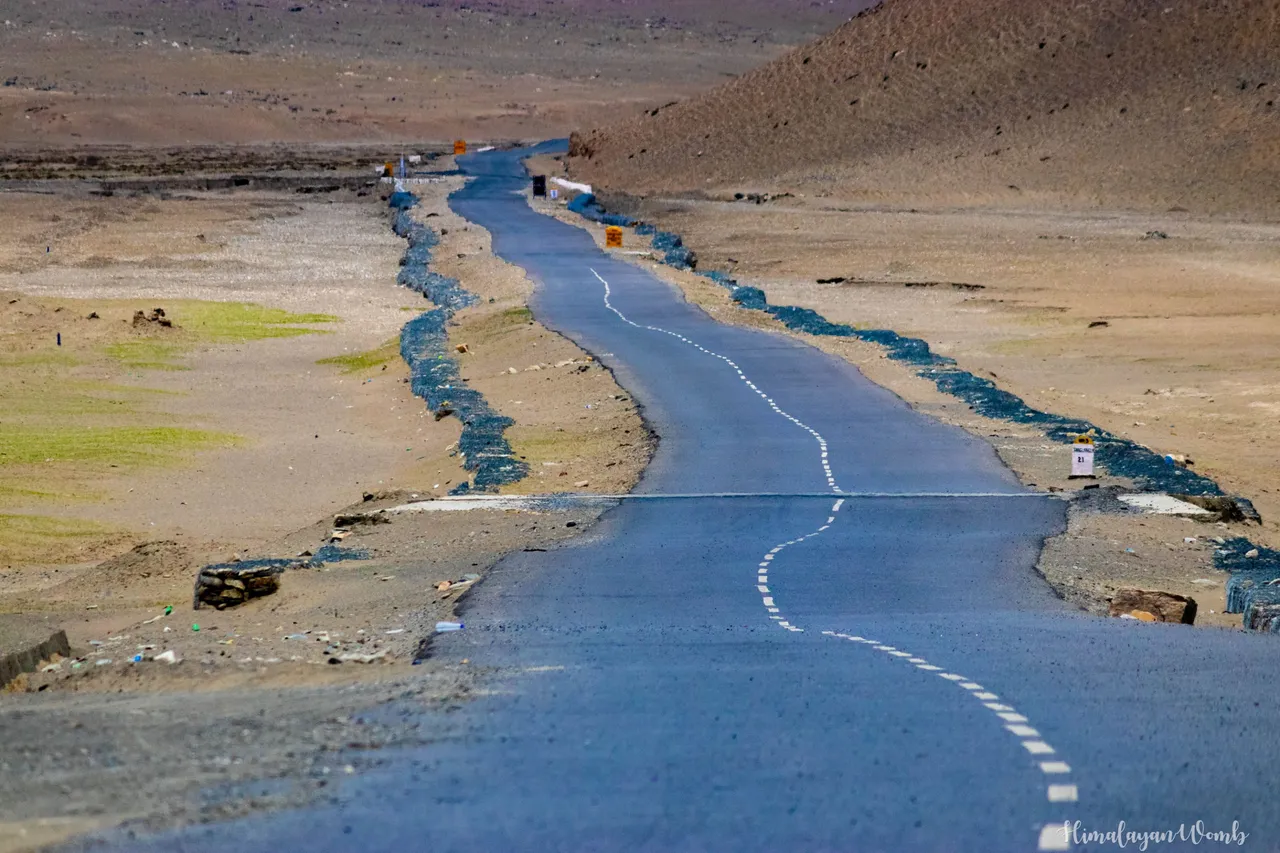
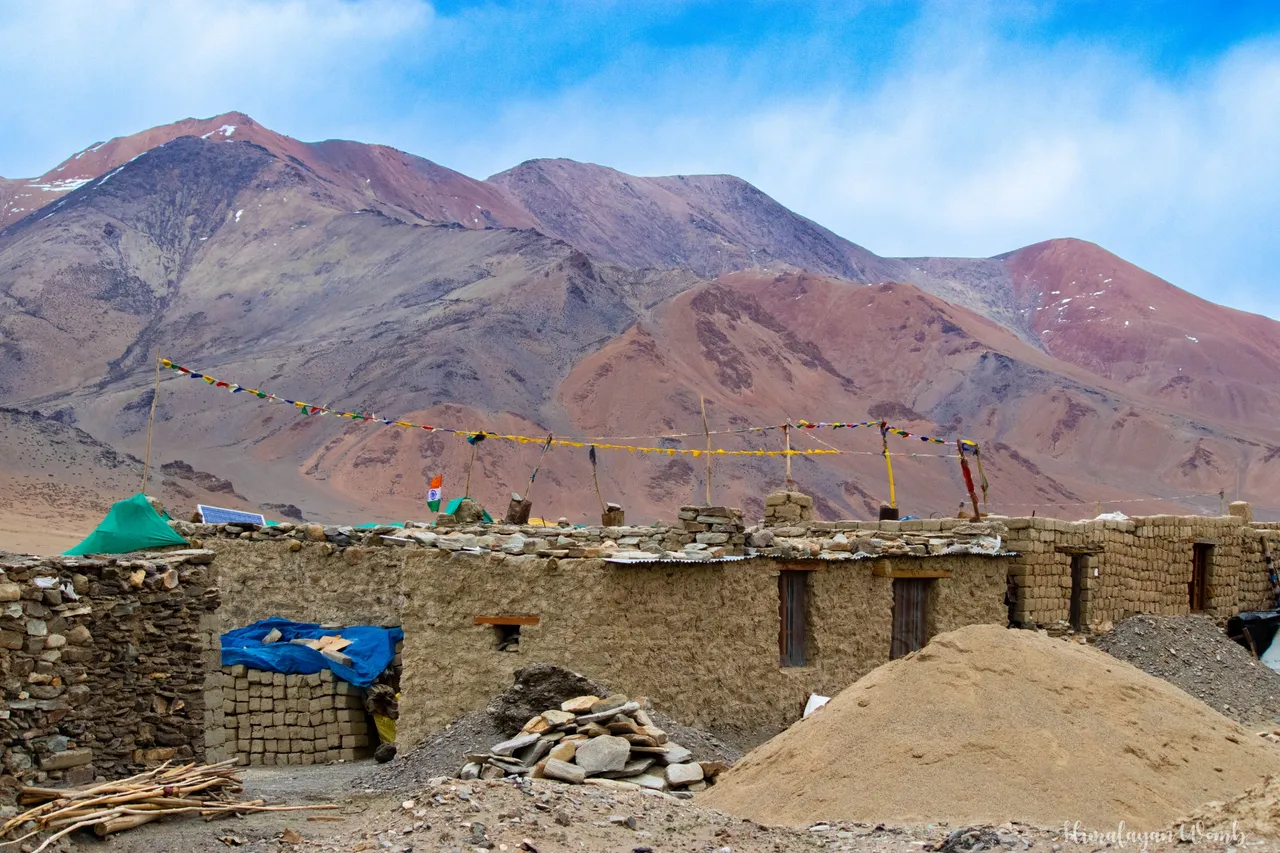

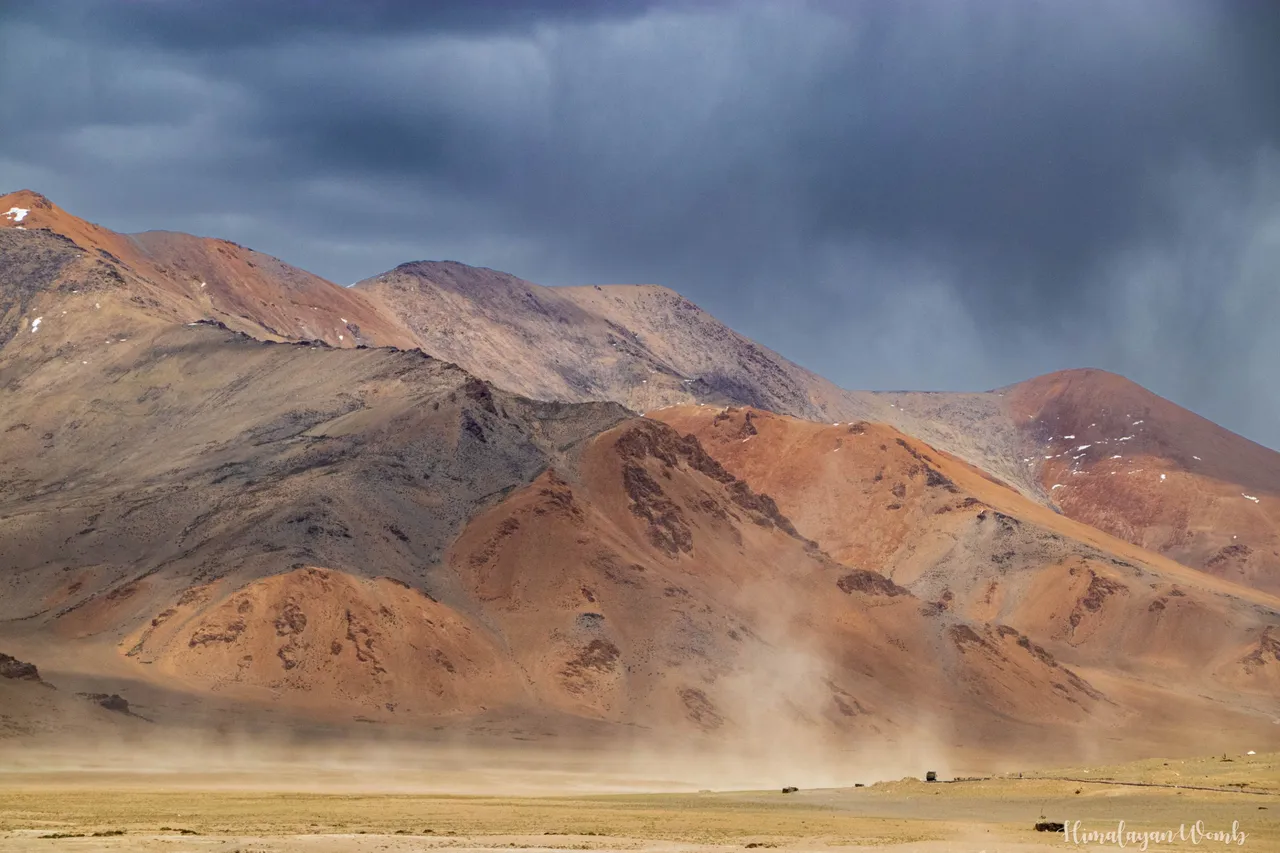
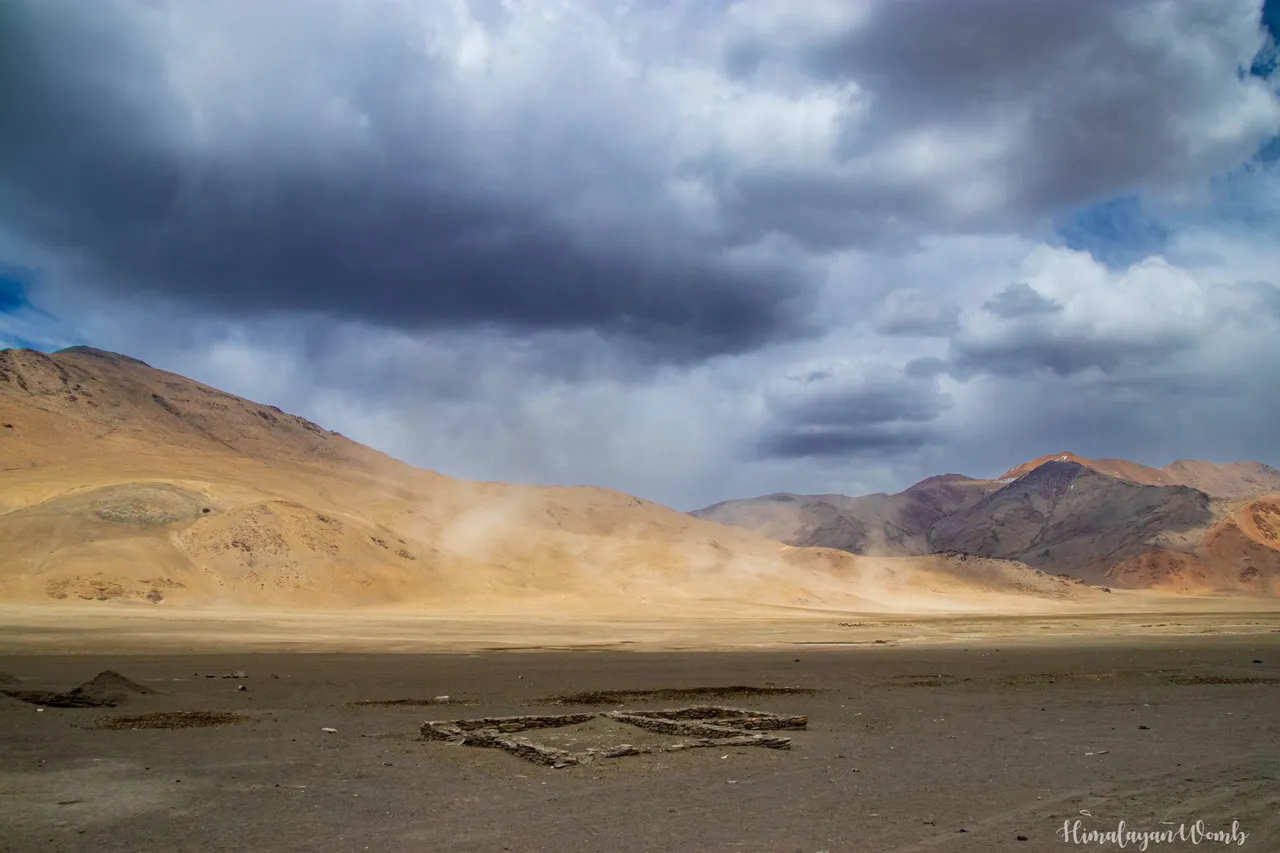
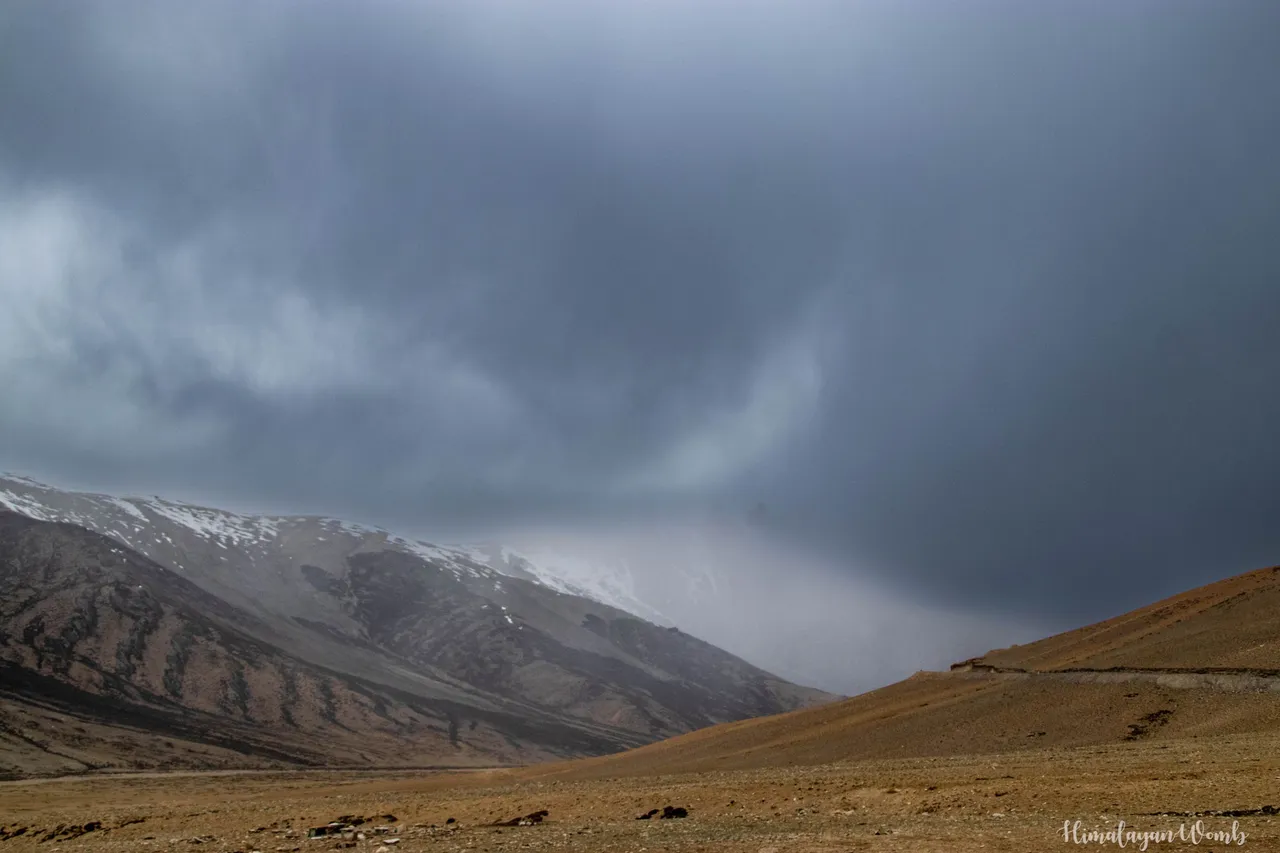
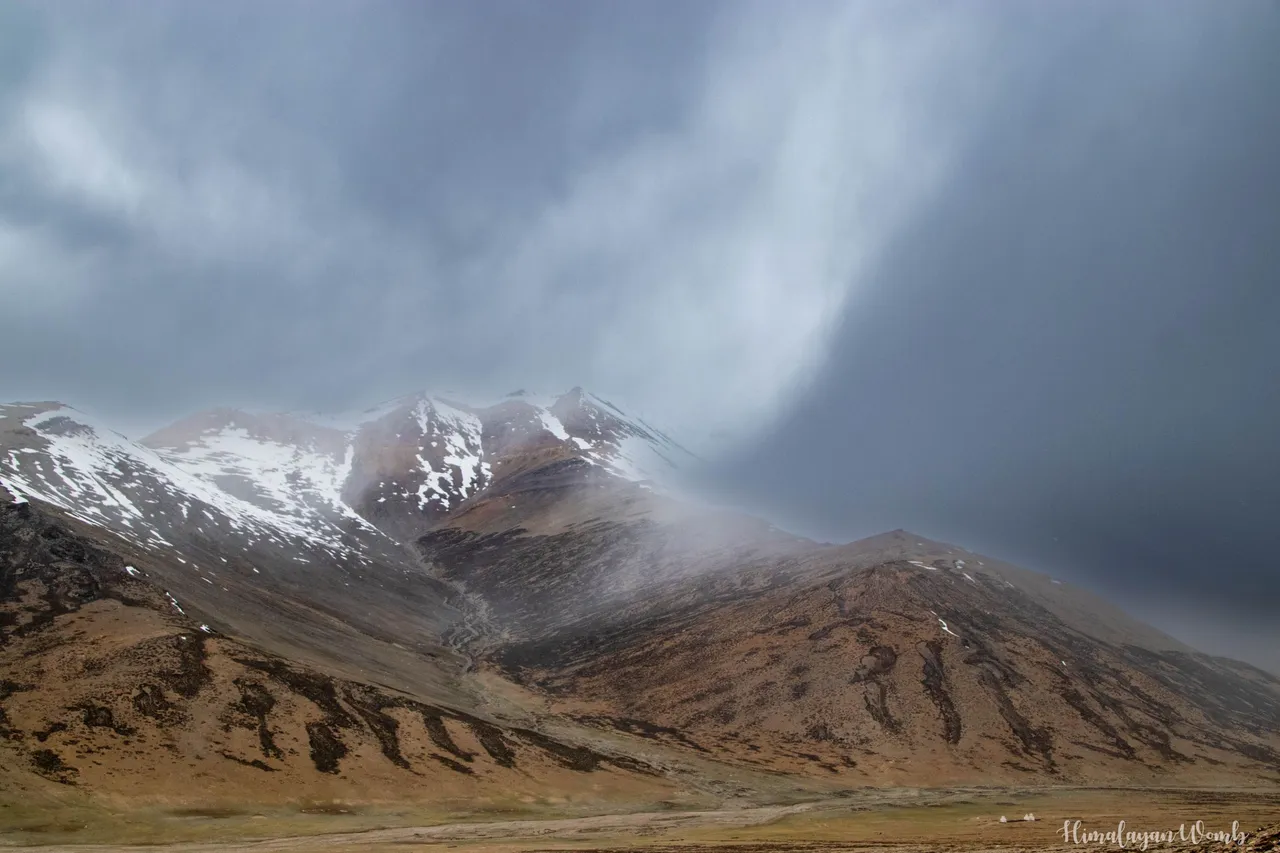
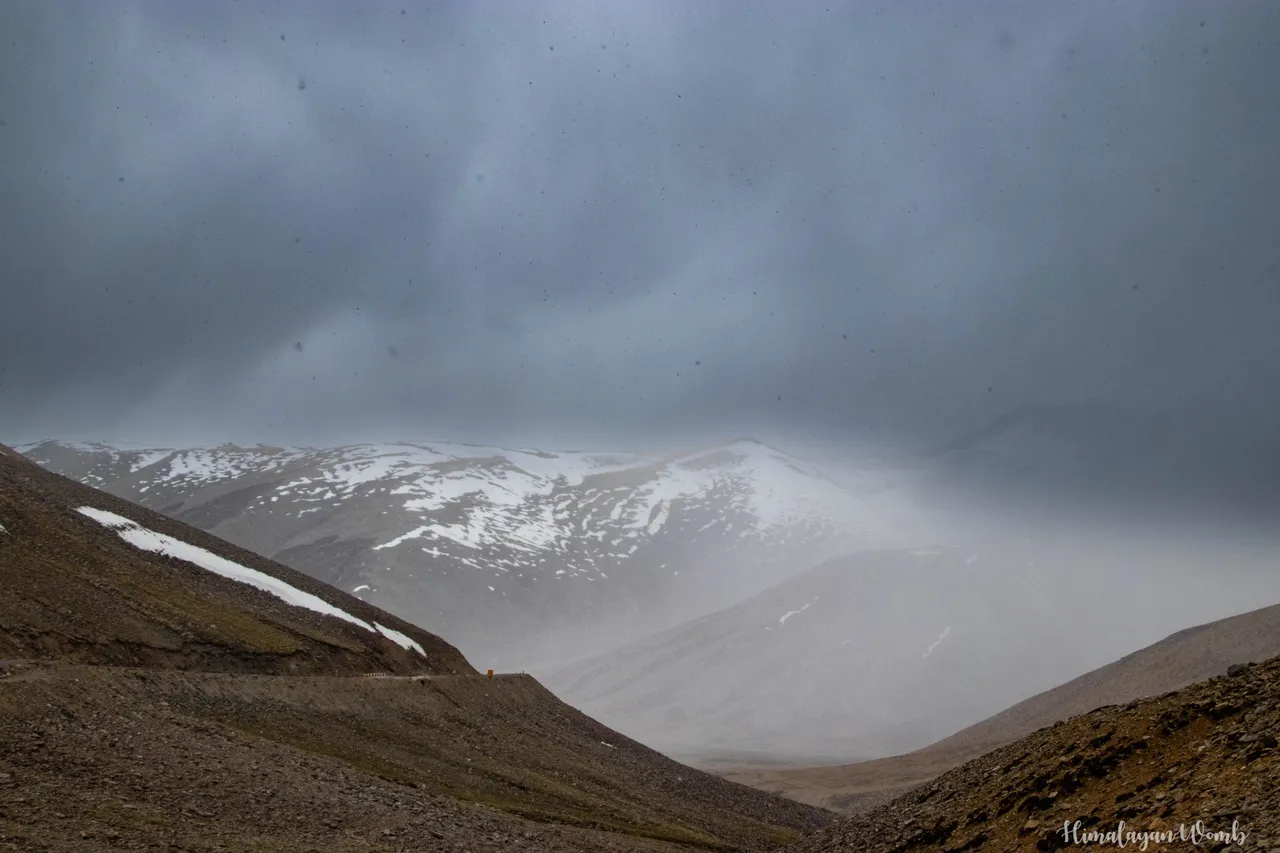
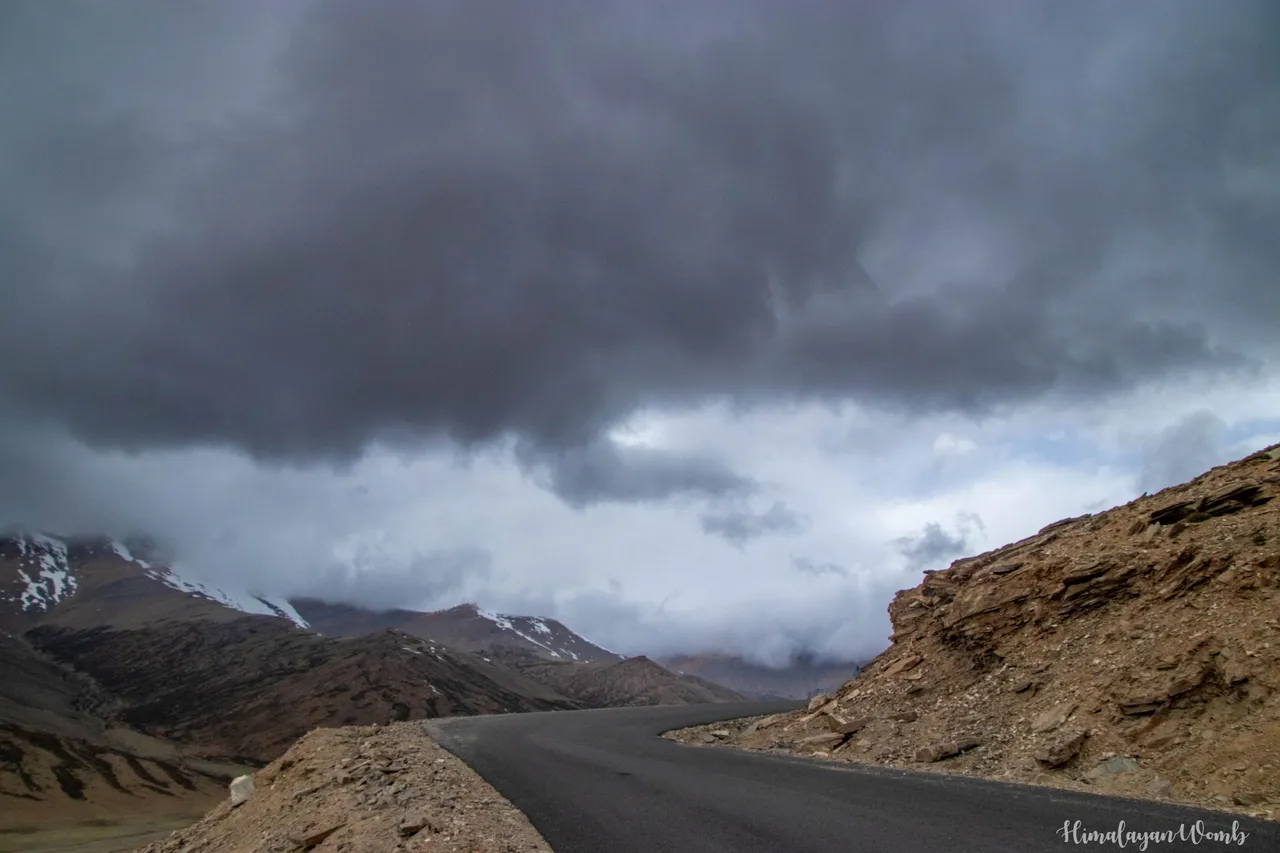
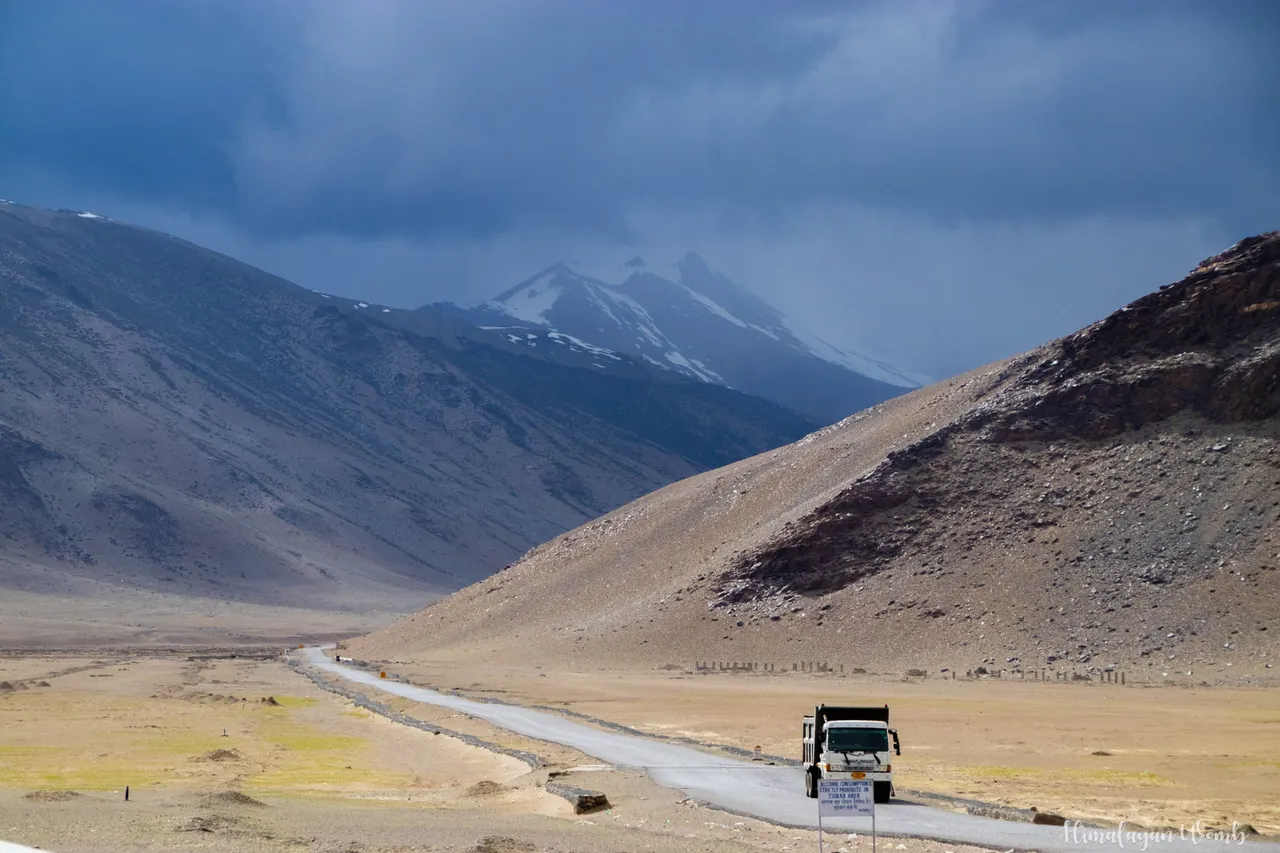
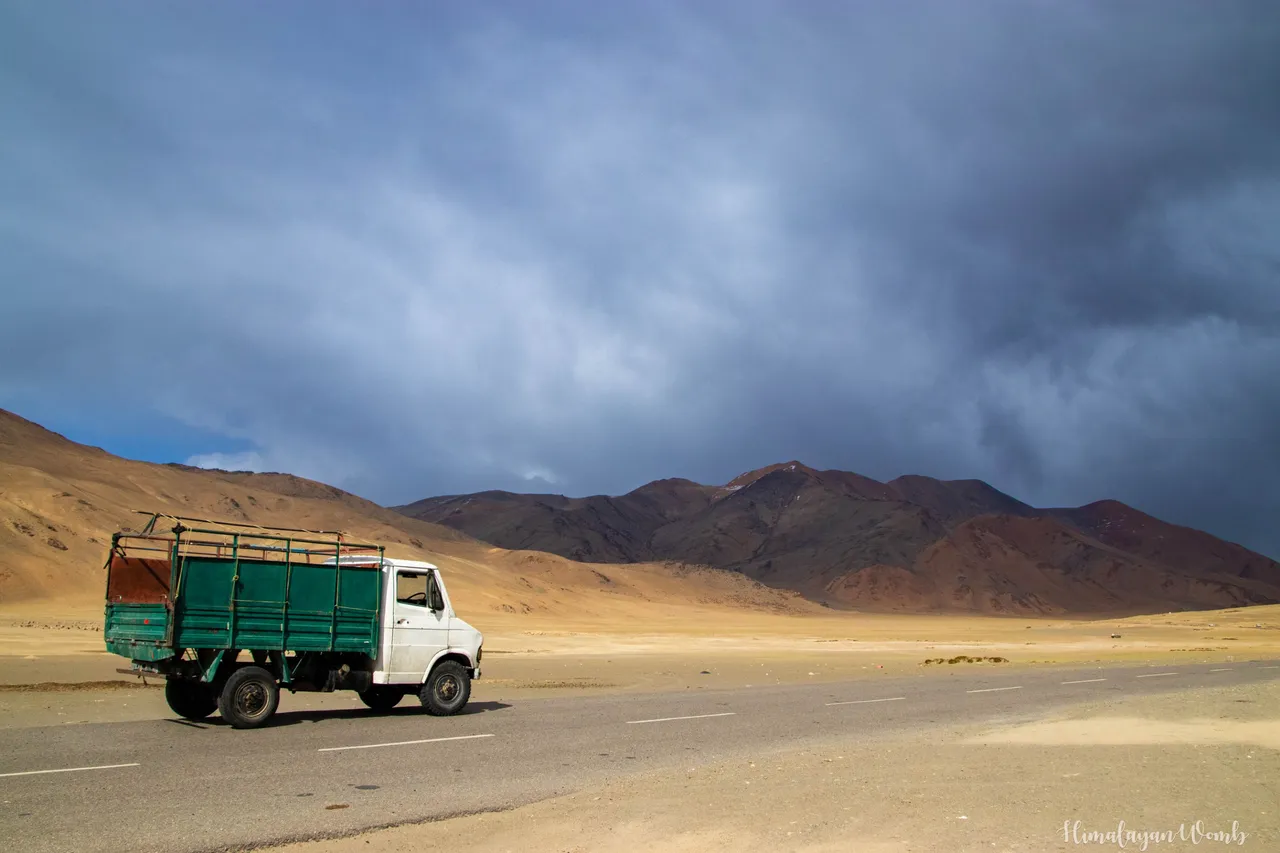
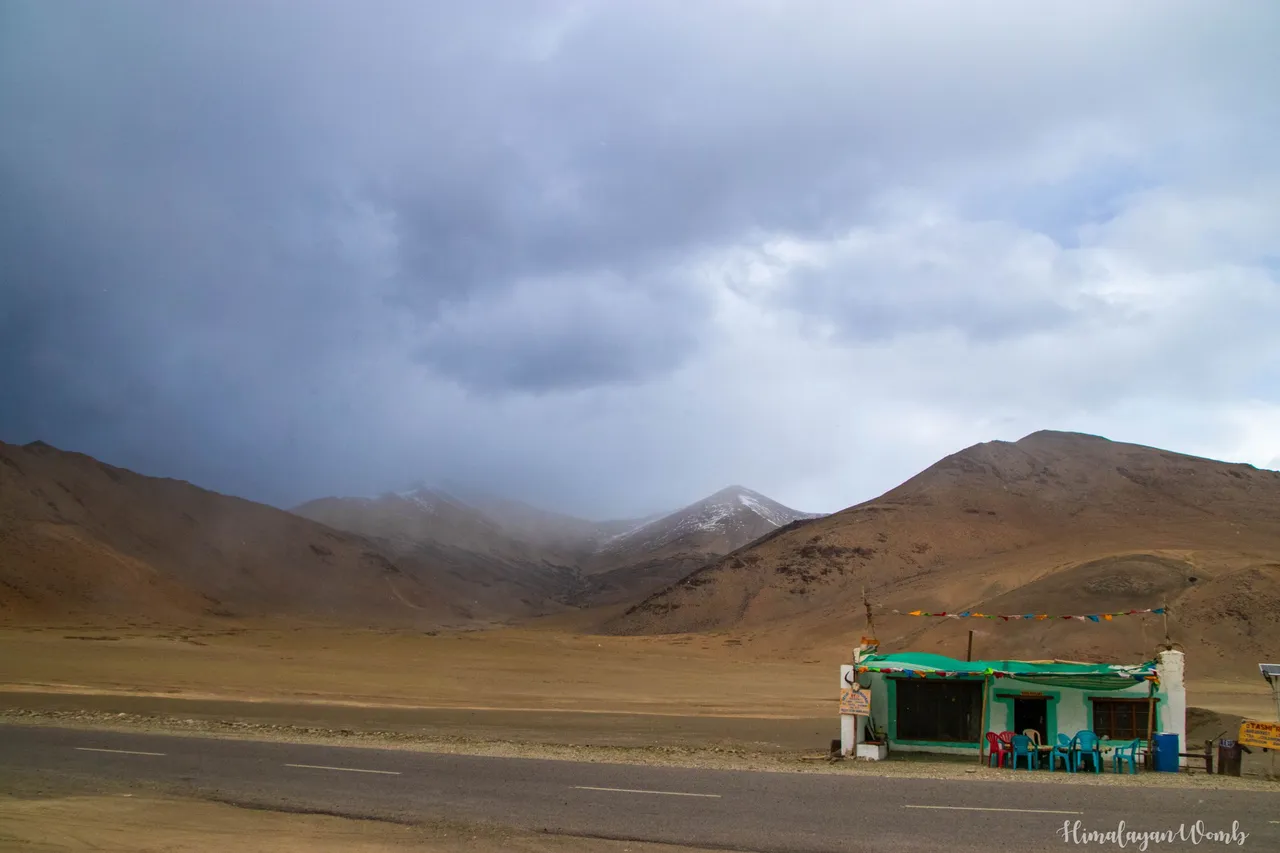

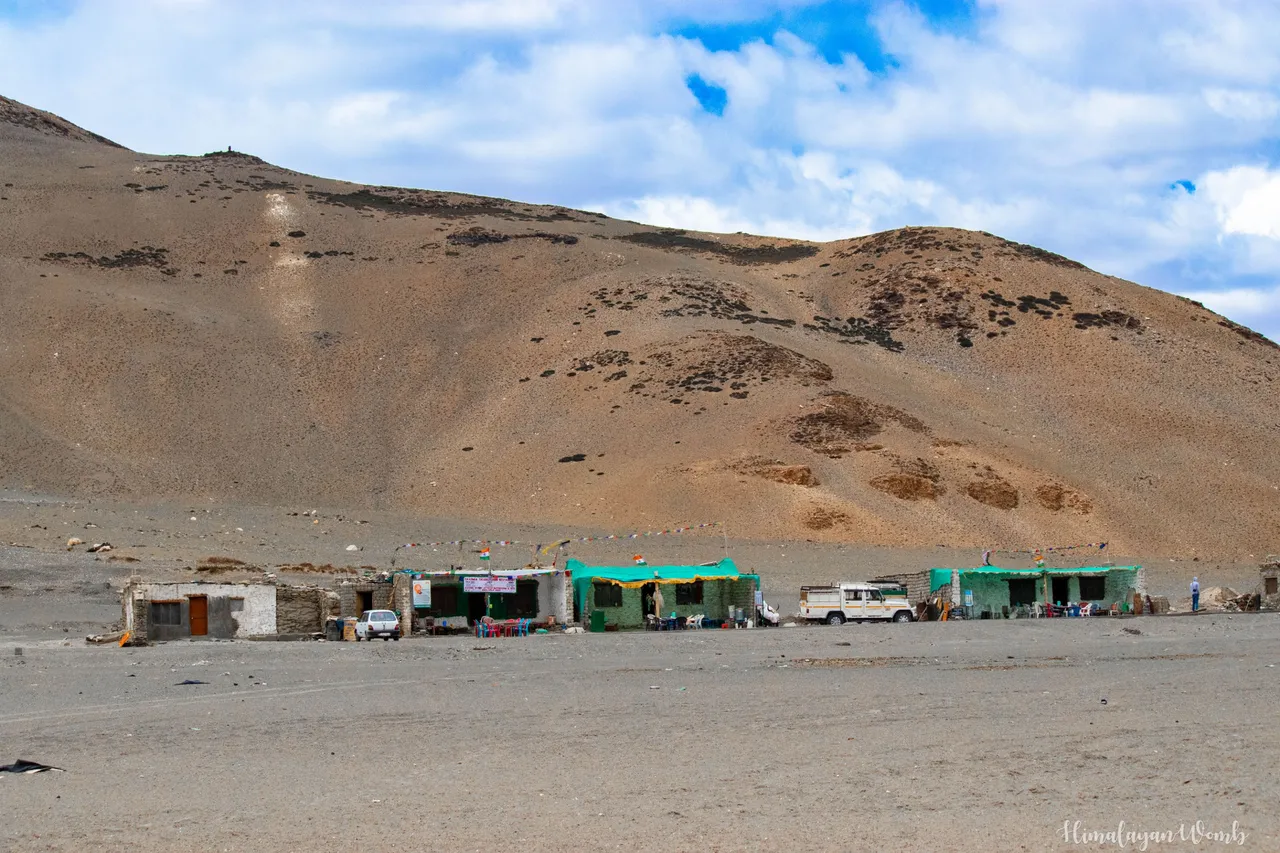
Disclaimer: All photos are clicked by me (himalayanwomb), all photos are clicked from canon 77d, photos are edited in lightroom. This blog has been written in Hindi and translated into English, for which the help of Google translation has been taken. And yes I proudly say this post is AI free.